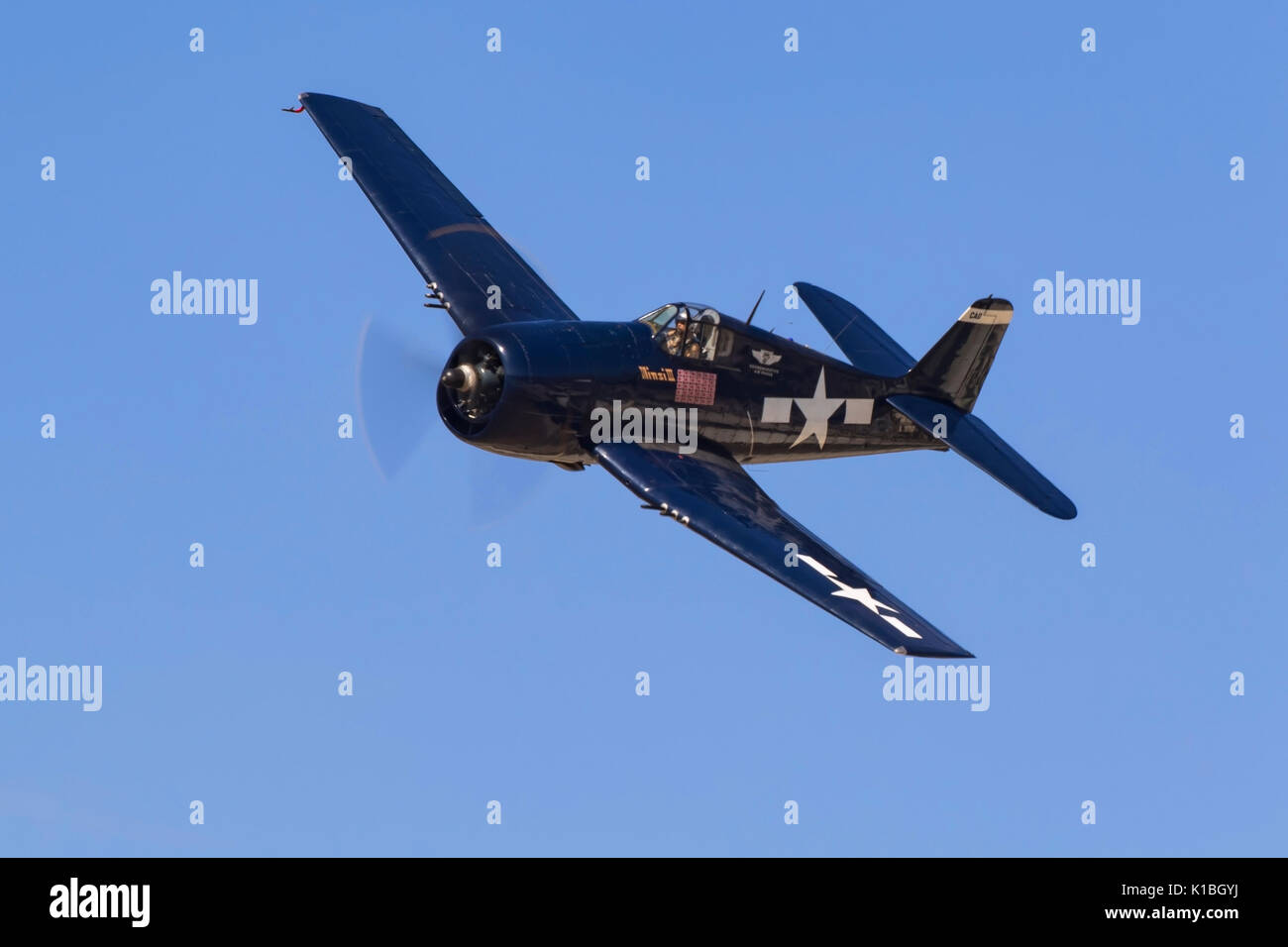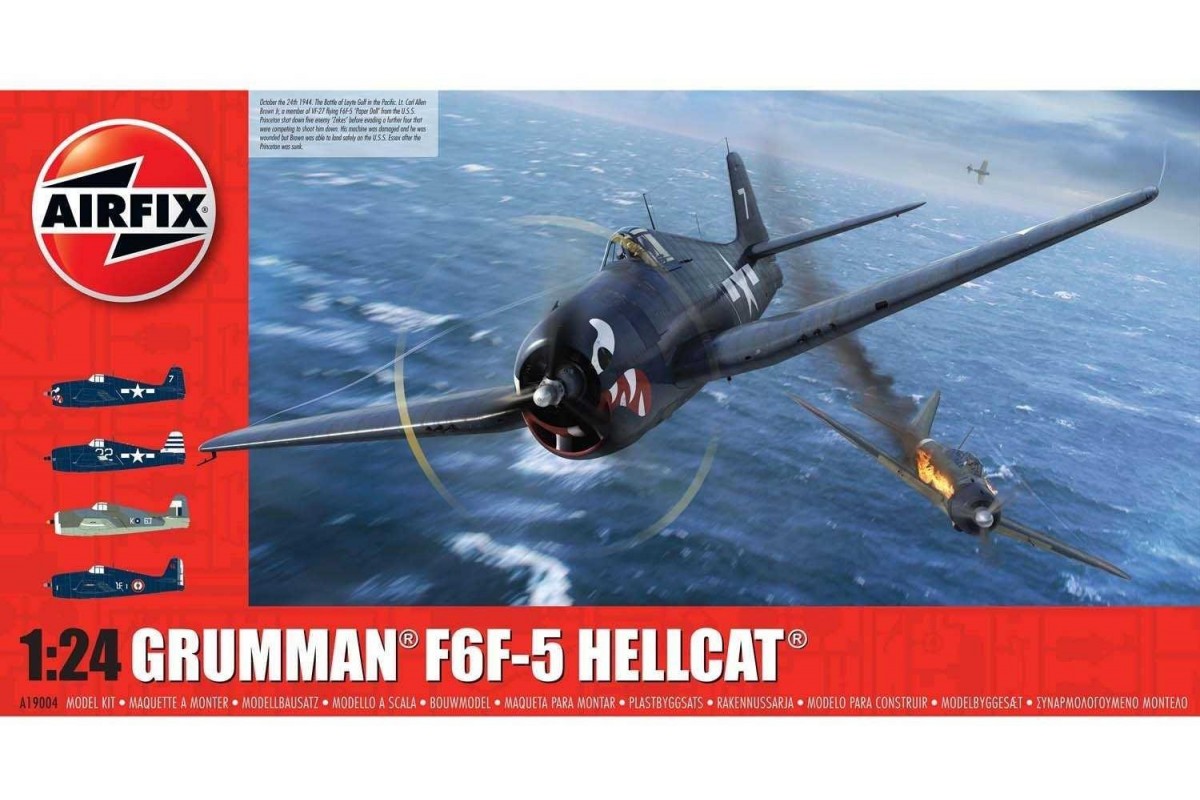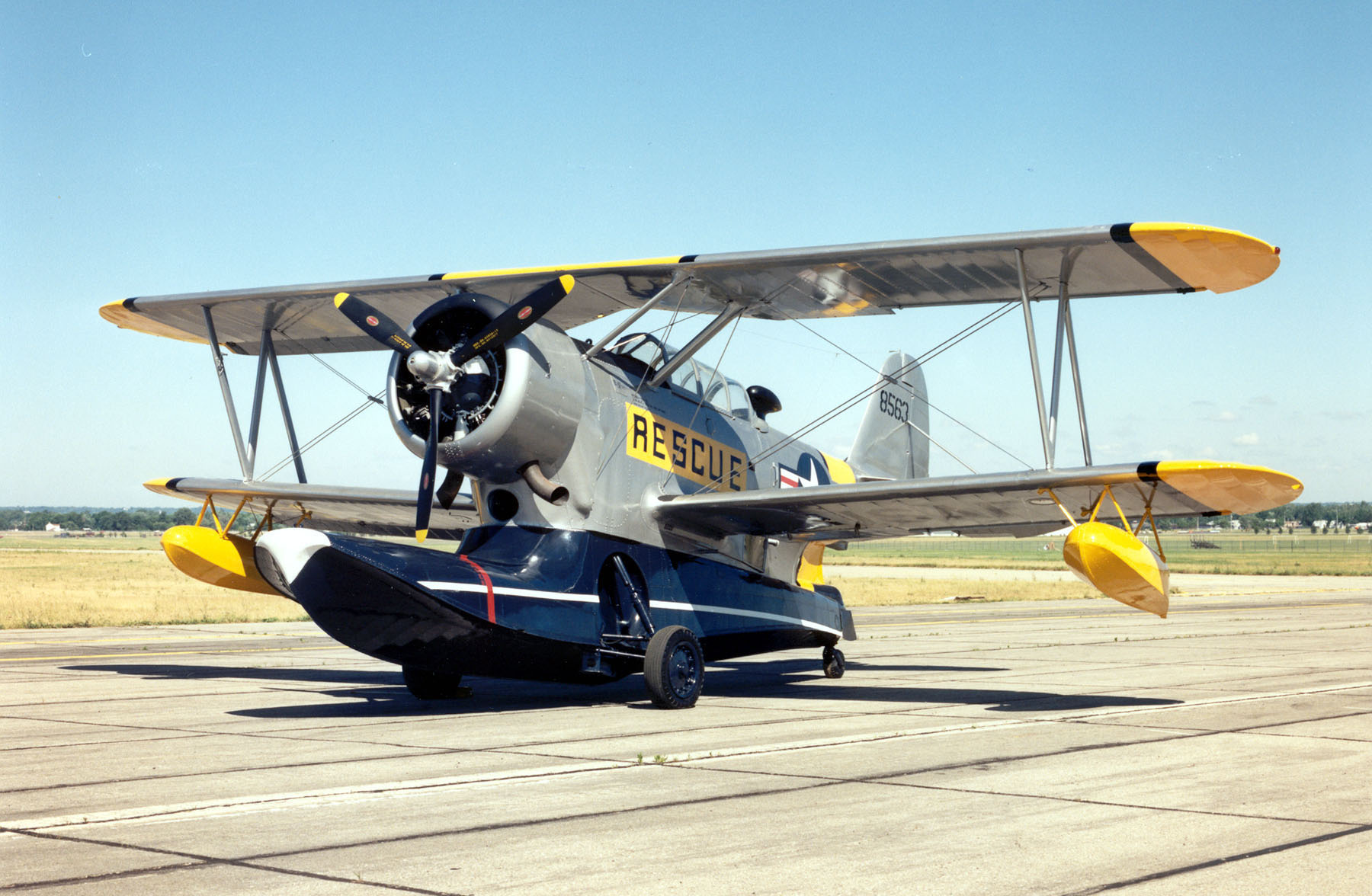Grumman Wwii Aircraft - The Grumman F4F Wildcat is an American fighter aircraft that entered service with the United States Navy in the 1940s, and the British Royal Navy where it was known as the Martlet.
First used by the British in the North Atlantic, the Wildcat was the only active fighter available to the United States Navy and Marine Corps in the Pacific theater at the start of World War II. The disappointing Brewster Buffalo was retired in favor of the Wildcat and replaced as aircraft became available.
Grumman Wwii Aircraft
With a top speed of 318 mph (512 km/h), the Wildcat was quickly defeated (331 mph (533 km/h)), maneuverable and longer by the Mitsubishi A6M Zero. American pilots, including John "Jimmy" Thach, a pioneer of combat tactics against the A6M Zero, were very dissatisfied with the poor performance of the Wildcat against the Zero in the battles of the Coral Sea and Midway.
Wwii Us Navy Grumman F6f Hellcat Fighter Plane 16x20 Matted Picture Photo
The Wildcat has a claimed combat air-to-loss ratio of 5.9:1 in 1942 and 6.9:1 in the Civil War.
Lessons learned from the Wildcat were later applied to the faster F6F Hellcat. While the Wildcat has better range and lower speed,
To exceed zero. During the rest of the war, the Wildcat was still built to serve on escort carriers, where the larger and heavier Hellcat could not be used.
Grumman's fighter aircraft began with the two-seat Grumman FF biplane. The FF was the US Navy's first fighter aircraft with retractable landing gear. The wheels retract from the fuselage, leaving the tires visible, flush with the sides of the fuselage. A single-seat biplane design followed, the F2F and F3F, which established the general fuselage outlines of what would become the F4F Wildcat. In 1935, while the F3F was still undergoing flight testing, Grumman began work on the next biplane fighter, the G-16. At the time, the US Navy favored a single-plane design, the Brewster F2A-1, which was ordered into production in early 1936. However, an order placed for Grumman's G-16 (brewster monoplane) was unsatisfactory.
Grumman F6f 6 \
It became clear to Grumman that the XF4F-1 would be inferior to the Brewster monoplane, so Grumman scrapped the XF4F-1 and designed a new fighter, the XF4F-2.
The XF4F-2 will retain the same fuselage-mounted, hand-rotated main landing gear as the F3F, and its smaller footprint. A unique landing gear design that can be fitted to all US Army Grumman fighters. to the F4F, and the amphibious Grumman J2F utility biplane, first developed in the 1920s by Leroy Grumman of Grover Loing.
The overall performance of Grumman's new monoplane was considered inferior to that of the Brewster Buffalo. The XF4F-2 was slightly faster, but the Buffalo was more manageable. Buffalo was judged superior and was chos of production.

After losing Brewster, Grumman rebuilt the prototype as the XF4F-3 with new wings and tail and an upgraded version of the Pratt & Whitney R-1830 "Twin Wasp" radial engine.
Grumman Aircraft Engineering Corp Print Ad Wwii Era Us Navy Hellcats Combat
Testing of the new XF4F-3 led to the order for production models of the F4F-3, the first of which was completed in February 1940. France also ordered the type, supported by the Wright R-1820 "Cyclone 9" radial gine , but France. it fell to the Axis before it was handed over and the aircraft instead to the British Navy, which dubbed the new fighter the Martlet. The US Navy officially adopted the aircraft type on 1 October 1941 as the Wildcat. The Royal Navy's and the U.S. The Navy's F4F-3s, armed with four .50 in (12.7 mm) Browning machine guns, joined active units in 1940.
On 16 December 1940, a prototype XF4F-3, BuNo 0383, c/n 356, modified from the XF4F-2, was lost under circumstances which suggest the pilot may have been disoriented due to faulty fuel valves and controls. of flap and misunderstanding. turn the fuel valve to "down" immediately after takeoff instead of selecting the flaps "up". It was the first disease of its kind.
Before the Wildcat was purchased by the US Navy, the French Navy and the Royal Navy Fleet Air Arm (FAA) ordered the Wildcat, in their coordination, through the Anglo-French Acquisition Council.
The F4F, originally known in British service as the Martlet, was adopted by the FAA as an interim replacement for the Fairey Fulmar. The Fulmar was a two-seat fighter with good range, but was at a disadvantage against single-seat fighters. Marinated Supermarine Spitfires were not available due to the great need of the Royal Air Force.
The Roar Of The Grumman Cats
In the European theatre, its first combat victory was on Christmas Day 1940, when a ground-based Martlet destroyed a Junkers Ju 88 bomber over the Scapa Flow naval base.
Six Martlets wt wt wt wt wt in the converted ex-German merchant ship HMS Audacity in September 1941 and shot down several Luftwaffe Fw 200 Condor bombers during escort operations.
It was the first of many Wildcats to take part in dogfights at sea in December 1941, including convoy HG 76 to Gibraltar.

The British acquired 300 Eastern Aircraft FM-1s designated Martlet V in 1942-43 and 340 FM-2s, (which changed to use the same designation as the US) as Wildcat VI.
Heroics & Ros 6mm Wwii Us Aircraft Usa206 Grumman F7f Tigercat Heavy Fighter X 2
About 1,200 Wildcats were operated by the FAA and in January 1944 the Martlet name was dropped and the type was identified as the Wildcat.
I would still rate the Wildcat as the best naval fighter of the early years of World War II...I can admit as a matter of personal experience, this Grumman fighter was the best naval aircraft ever built.- Eric M.” Winkle" Brown, British test pilot[6]
The last air raid of the war in Europe was carried out by Fleet Air Arm aircraft in Operation Judgemt on 5 May 1945. Twenty-eight Wildcat VI aircraft from 846, 853 and 882 Naval Air Squadrons, flying from escort carriers, participated in the flight. attack on a U-boat depot near Harstad, Norway. Two ships and a U-boat were sunk with the loss of one Wildcat and one Grumman Avger torpedo bomber.
The Wildcat was greatly outnumbered by the Mitsubishi Zero, its largest group at the start of the Pacific theater, but held its own in part because the Grumman aircraft, with heavy weapons and self-sealing fuel tanks, could survive damage beyond its weight. , Japan's unarmored rival.
Danbury Mint Pewter Grumman F6f Hellcat 1:82 Wwii Fighter Plane
Fighter pilots of the US Air Force. they were saved by ZB's Wildcat postal device, which enabled them to find their carriers invisibly, provided they could get within 30 miles (48 km) of postal beacon range. (However, Zed Baker was no match for operations, especially during the Battle of Midway, where a fleet of Wildcats crashed into the sea after failing to find their carriers).
In the hands of a pilot with the tactical advantage, the Wildcat can prove a formidable opponent against the formidable Zero.
After analyzing the Fleet Air Tactical Unit Intelligence Bureau's report describing the new battle, USN Commander "Jimmy" Thach devised a defensive strategy that allowed the Wildcat formations to work in a coordinated manner against submarine attacks, called the "Thach Weave".

The most common tactic used during the Guadalcanal campaign was eavesdropping, where a hit and run was carried out using the height advantage. This was possible because of the early warning system developed by Coastwatchers and radar.
Zs110013 Wwii Military Aviation Art Print Grumman F6f 5 Hellcat Cutawa
On rare occasions the Wildcats couldn't get the upper hand in time, they would lose a lot of turnovers. On October 2, 1942, a Japanese air raid from Rabaul was not detected in time and the Cactus Air Force lost six Wildcats to only one Zero destroyed.
During the first phase of the Guadalcanal campaign, between August 1 and November 15, combat records show that the US lost 115 Wildcats and Japan lost 106 Zeros to all causes; the Japanese lost more drivers compared to the US.
Thach was very dissatisfied and a vocal critic of the Wildcat's performance during the war (like many American carriers), stating in his account of the Midway action;
It is truly amazing that any of our pilots made it back alive. Any success our pilots can achieve against the Japanese Zero fighter is not due to the performance of the aircraft we fly, but is the result of Japanese misunderstandings, stupid mistakes made by a few of their pilots and superior qualities. the work of a group of some of our pilots. The F4F aircraft is woefully inferior in climb, maneuverability and speed.- James "Jimmy" Thach, Midway Action Report.
Grumman Xf5f Skyrocket
Four US marines Marine Corps Wildcats played a prominent role in the elimination of Wake Island in December 1941. USN and USMC aircraft formed the primary anti-aircraft aircraft during the Battle of the Coral Sea and the Battle of Midway and land-based Wildcats played a major role played during the period. the Guadalcanal campaign of 1942–43.
It was not until 1943 that advanced fighters capable of challenging the Zero in more advanced terms, the Grumman F6F Hellcat and the Vought F4U Corsair, arrived in the South Pacific theater.
I had complete confidence in my ability to destroy Grumman and I made up my mind

Ruger 556 review, vg6 epsilon 556 review, msar stg 556 review, sinn 556 review, sinn 556 i review, meridian 556 review, eotech 556 review, precor efx 556 elliptical review, benchmade 556 review, surefire sfmb 556 review, precor efx 556 review, sinn 556 anniversary review

0 Comments